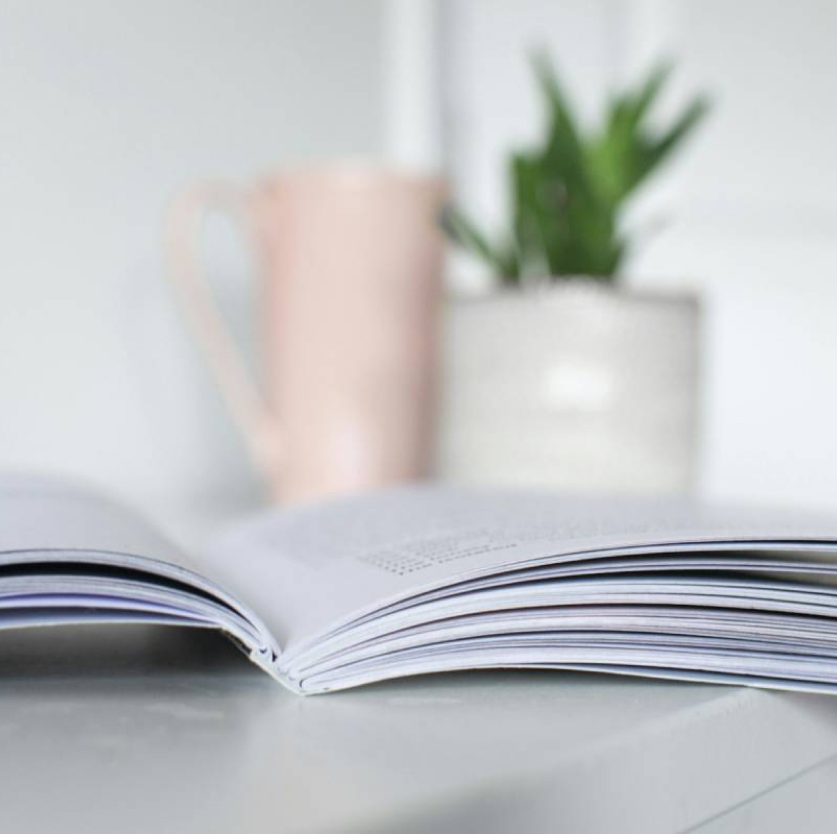
Whether you’re looking to print an event programme, instruction guide, business report, or any other form of marketing collateral, look no further than booklets. A booklet is a great printed format to capture and promote important content in an attractive style - that readers can’t help but pick up.
This beginner’s guide on how to print a booklet will cover tips on creating an engaging design, and a brief explanation of how a good printing company can take an initial idea from your head and transform it into a fully-formed printed product.
When designing a booklet to be sent to the printers, there are a few things worth considering to make sure your booklet can make the maximum impact. As well as these tips below, make sure you also aim to avoid these common printing mistakes.
The way you design your booklet will largely depend on the audience you want to target. For example, if you want to create a corporate-style booklet, you’ll likely want to focus more on text in multiple columns than on images.
On the other hand, booklets with a heavy visual focus, like recipe books, will rely on high-quality media to bring the product to life. By narrowing down your audience and selecting a purpose for your booklet, you can make sure you choose the right format and the right binding.
Speaking of binding, your choice of binding will affect the layout of your booklet. Binding can significantly alter a booklet’s durability and whether it can be opened up completely flat.
For booklets with low page counts, a printing company will typically use saddle stitching. At GP Print, we recommend choosing from wire, coil, or perfect binding for booklets over 80 pages. While wire and coil binding enable you to open your booklet up flat, perfect bind - also known as thermally activated binding - is a cost-effective binding for those who don’t want their booklet to fully open out.
Even if you want your booklet to be more text-heavy, images are still an important aspect of the design process to encourage people to pick up your product. They can help to break up the text, explain relevant points, and showcase particular products to build a more persuasive argument.
Choosing your images before creating your outline is a great way to know exactly how much space they’re going to take up on each page, so you can plan your text accordingly. It’s also essential at this point to only select high-quality images that won’t come out blurry or with a low resolution.
Last but not least, create your booklet outline and design what you want your finished product to look like. Spending time to test different elements on different pages will help you decide how everything can fit together, including the best places for your images. Here are some crucial elements to include in your booklet design:
After you’ve designed your booklet, the next step is to give it to a reputable printing company to bring your idea to life. A good printer will recommend the right material for your booklet using a language that you can better understand; ensuring you make a decision based on your requirements and not one you feel pushed into is something we think is particularly important at GP Print.
Once you’ve handed your design over to a printing company, they’ll use a high-quality printing press to take your design from file to printed sheet. A perfect finish will then be applied with solutions like trimming, coil binding, laminating, and numbering, depending on how you want your booklet to look.
As print specialists, the team at GP Print is here to help you create the best booklet at the best price, totally faff-free. For all print needs, questions or consultations, check out our Peterborough printing services.